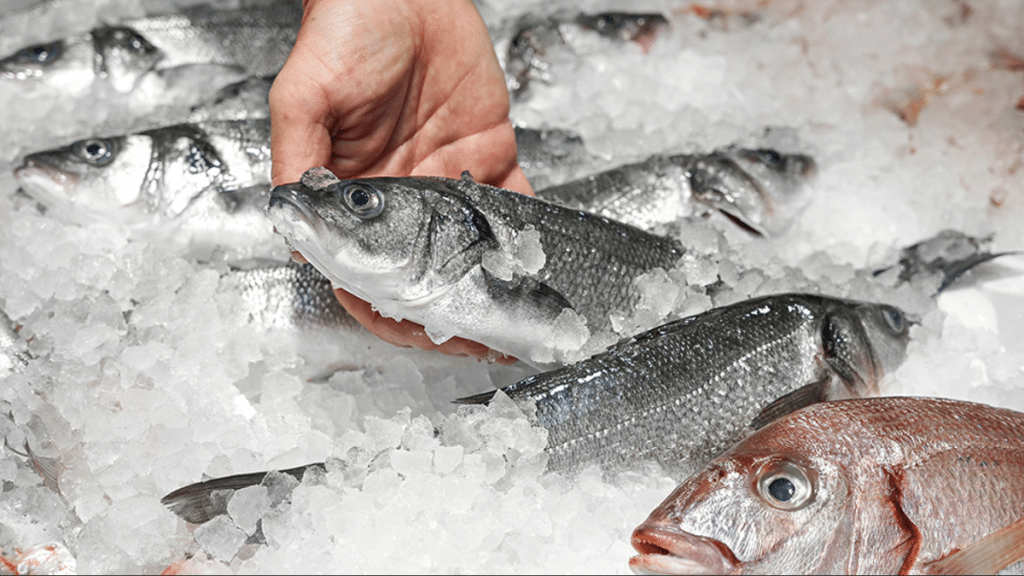In the realm of fish processing, efficiency is not merely a goal – it’s a necessity for survival and growth. The global seafood market, valued at approximately $237 billion in 2023, is projected to reach $254 billion by 2024, and $332 billion by 2027, according to Statista Research.
This burgeoning demand underscores the imperative for processors to leverage technology for streamlined operations. Within this competitive landscape, technological advancements have emerged as pivotal tools, enabling processors to enhance both speed and precision while safeguarding product quality.
Modern fish processing technologies have dramatically transformed the industry, offering a suite of machines that cater to every step of the processing chain – from filleting and skinning to packing and freezing. These machines are not just workhorses that augment production capacity; they are sophisticated systems designed to optimize yield, reduce waste, and ensure sustainability.
For instance, the latest filleting machines boast an impressive accuracy rate, capable of processing thousands of pounds of fish per hour while minimizing by-products. Similarly, skinning machines and pin bone removers integrate advanced sensors and algorithms to adapt to varying fish sizes and species, ensuring the delicate balance between speed and delicacy is maintained.
Moreover, the role of automation in improving operational efficiency cannot be overstated. A study by Normar Trading indicates that the global food automation industry, a significant portion of which includes fish processing, is expected to grow from $9.2 billion in 2020 to $15.5 billion by 2027.
This growth is propelled by the increasing demand for processed foods, the need for consistent quality, and the push towards sustainable practices. Vacuum packing and brine injection machines exemplify this trend, employing precise controls to extend the shelf life of fish products, thus reducing food waste and enhancing consumer safety.
The integration of these machines into fish processing operations represents a critical investment in the future – a move towards greater efficiency, quality, and sustainability. As the industry continues to evolve, propelled by both technological advancements and shifting consumer preferences, the strategic adoption of these technologies will play a crucial role in shaping the competitive landscape of the global fish processing market. This detailed overview serves as a guide through the top machine recommendations for achieving efficiency in fish processing, reflecting industry insights and trends that underscore the pivotal role of technology in meeting the demands of a rapidly expanding market.
1. Filleting Machines
Filleting machines are indispensable in the fish processing industry, offering unparalleled precision and speed in preparing fish for further processing or sale. Advanced models, such as the BAADER 581, are celebrated for their ability to handle various fish sizes and species with minimal waste, ensuring maximum yield. These machines are designed for easy cleaning and maintenance, reducing downtime and increasing productivity.
2. Skinning Machines
Skinning machines remove fish skin swiftly and cleanly, significantly reducing manual labor and ensuring consistent product quality. The Townsend SK11-200 is a notable example, renowned for its reliability and the quality of skinning across different fish types. Its operation not only speeds up the processing line but also minimizes waste, contributing to a more sustainable operation.
3. Pin Bone Removers
The removal of pin bones from fillets is a delicate task that requires precision. Machines like the Uni-Food Technic PBR-2400 are engineered to detect and remove pin bones efficiently from fillets of various thicknesses and lengths, ensuring high-quality, bone-free products. This automation aids in maintaining a steady processing flow, enhancing overall efficiency.
4. Scaling Machines
Scaling, a necessary pre-processing step, can be labor-intensive and time-consuming when done manually. High-capacity scaling machines, such as the Pisces Fish Machinery Inc. FS-40, automate the descaling process, accommodating a wide range of fish sizes and species with adjustable intensity levels. This not only preserves the integrity of the fish but also significantly cuts down processing time.
5. Vacuum Packing Machines
Preserving the quality of fish products during storage and transport is crucial. Vacuum packing machines, like the Henkelman Polar 80, offer an effective solution by removing air from the package and sealing it to prevent oxidation. This process extends the shelf life of fish products, ensuring they reach the consumer in the best possible condition. Such machines are designed for high throughput and durability, making them an excellent investment for fish processing operations focusing on both fresh and frozen products.
6. Brine Injection Machines
Brine injection machines enhance the flavor and texture of fish products through the precise injection of brine solutions into the fish muscle. The Fomaco FGM 64/384 is highly regarded for its accuracy and uniform distribution of brine, which is essential for product consistency. This machine is adaptable to different product sizes and has variable speed settings, allowing for customization according to specific processing needs.
The integration of these advanced machines into the fish processing line can significantly enhance efficiency, product quality, and profitability. As the industry continues to evolve, staying abreast of technological advancements and incorporating them into operations will be crucial for businesses aiming to maintain a competitive edge. Whether it’s through the precision of filleting, the speed of skinning, or the quality preservation of vacuum packing, each machine plays a pivotal role in the modern fish processing industry. Investing in the right equipment is not just about automation; it’s about elevating the entire process to meet the demands of a growing and increasingly discerning consumer base.
Angela Spearman is a journalist at EzineMark who enjoys writing about the latest trending technology and business news.

